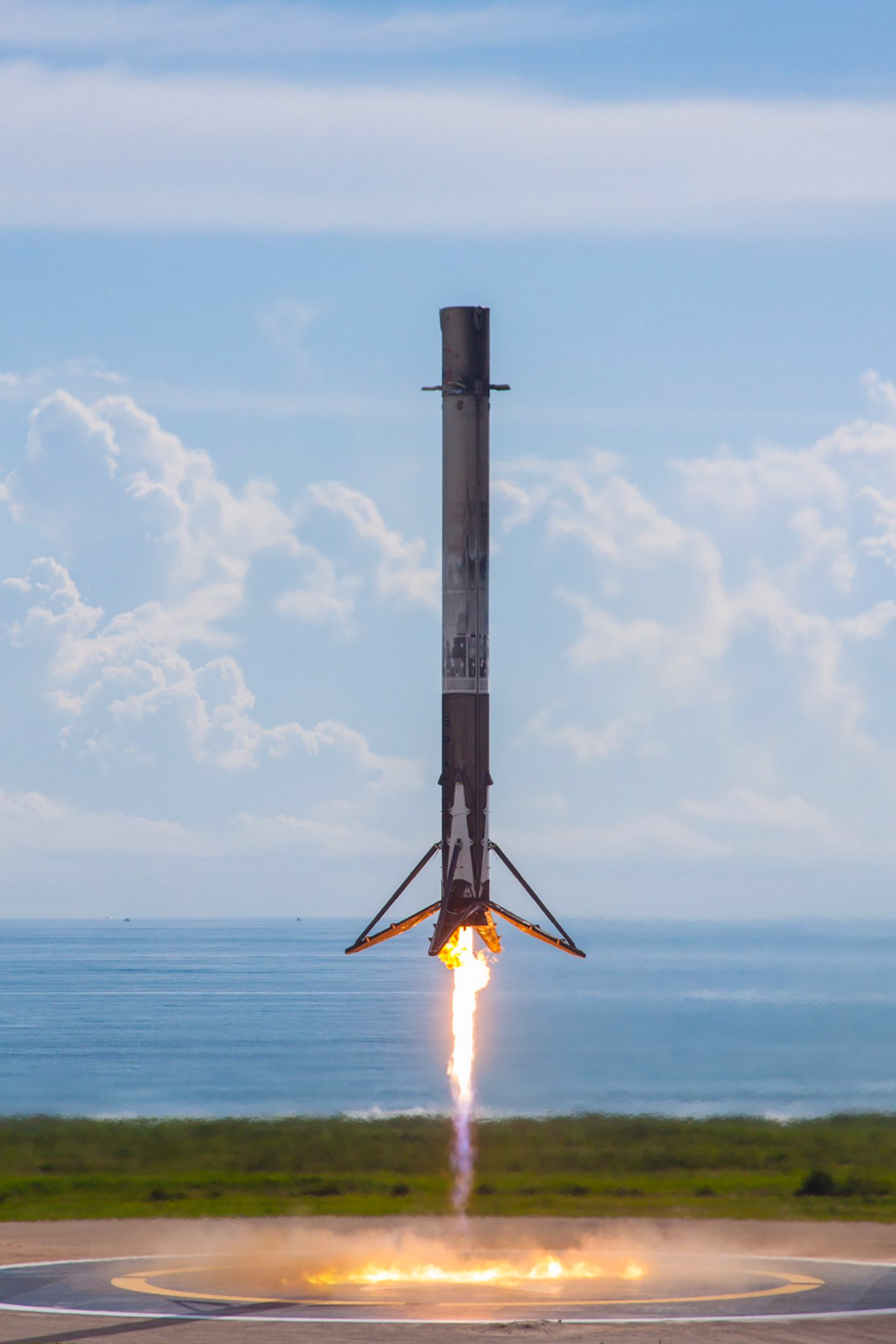SpaceX Takes the Air Force's X-37B Space Plane Into Space
SpaceX regularly launches Falcon 9 rockets carrying satellites and other cargo for space agencies or companies. On the other hand, the commercial space company did something out of the ordinary this week, as it sent the United States Air Force’s super-secret X-37B space plane into orbit around the Earth.
The Falcon 9 rocket lifted off from launch pad 39A at NASA’s Kennedy Space Center in Florida on Thursday morning despite the incoming Hurricane Irma storm, which threatens catastrophic damage to the state.
Image Credit: SpaceX/Twitter
Fun fact: NASA used the launch pad 39A during the Apollo missions in the 1960’s, so it holds quite a bit of history and sentimental value to the space agency.
Minutes later, the Falcon 9 rocket's first stage came falling from the sky. The grid fins deployed, and then the landing burn initiated, assisting the vehicle in landing upright at Landing Zone 1 at Kennedy Space Center.
Image Credit: SpaceX/Twitter
Like most of SpaceX's other landed Falcon 9 rockets, this one will go on to be refurbished and reused during another space flight mission.
In case you're interested, you can watch a full broadcast of the launch and landing below:
Related: More about the last time X-37B landed back on Earth's surface
No one knows much about the X-37B space plane except that the unmanned spacecraft looks like a miniaturized version of the Space Shuttle and that Boeing manufactured it. Nevertheless, it works a lot like an orbiter, circling the Earth over and over once it gets into space.
Although the Air Force has stayed considerably quiet about their X-37B space plane, they have indicated that it sends “experimental payloads” into space to test various kinds of electronics and heat pipes in the space environment, but even this explanation remains vague.
X-37B has gone into space and returned to Earth four times before this launch, which means this marks its fifth visit. Moreover, it’s the first time a SpaceX Falcon 9 has ever ferried it into space. Cumulatively, X-37B has spent over 600 days in outer space.
The Air Force usually depends on United Launch Alliance's Atlas V rocket to send X-37B into space, but because they may want to send it to and from space more frequently, they need multiple reliable launch outlets to ensure it can get into space on demand without any delays.
While it may be SpaceX’s first launch of the X-37B spacecraft, one can safely assume it won’t be their last. For now, however, the next major guessing game is when X-37B will return to Earth.










